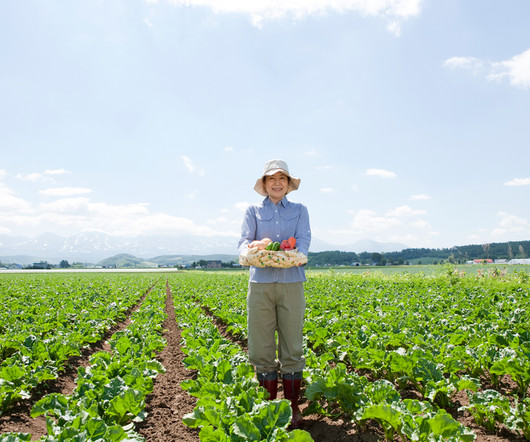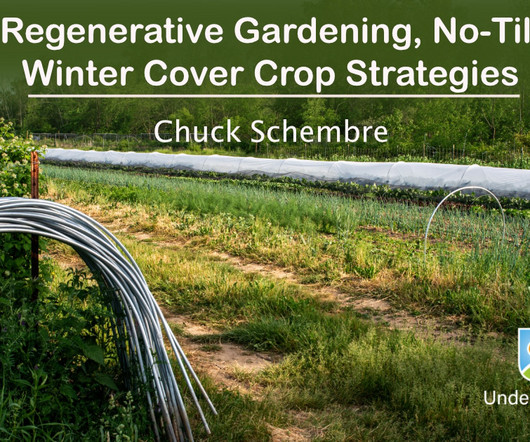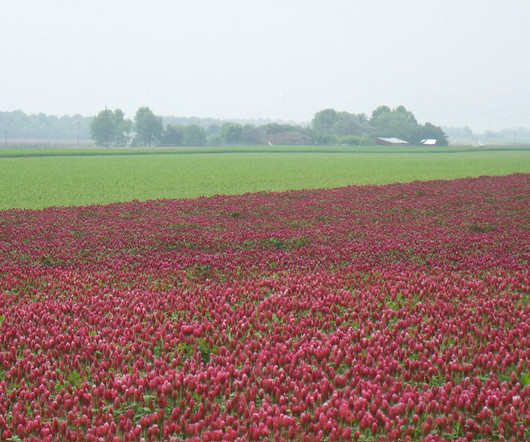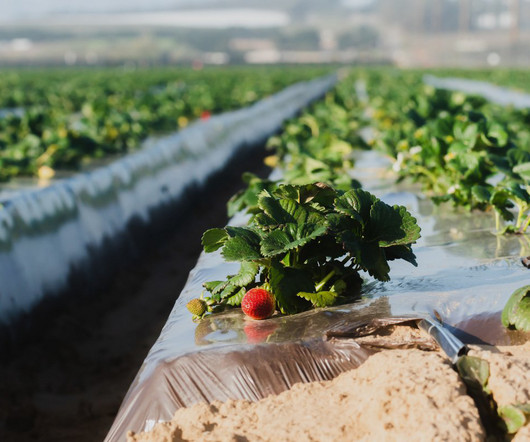Report Explores Value of Rice Fields for Wildlife
ATTRA
MARCH 1, 2025
.” The report’s 13 authors identified the resource needs of key species that live among the state’s approximately 500,000 acres of rice fields, including snakes, birds, and fish.

ATTRA
MARCH 1, 2025
.” The report’s 13 authors identified the resource needs of key species that live among the state’s approximately 500,000 acres of rice fields, including snakes, birds, and fish.

Civil Eats
DECEMBER 10, 2024
Patrick Brown, who was named North Carolinas Small Farmer of the Year by North Carolina Agricultural and Technical State University this year, grows almost 200 acres of industrial hemp for both oil and fiber, and 11 acres and several greenhouses of vegetablesbeets, kale, radishes, peppers, okra, and bok choy.
This site is protected by reCAPTCHA and the Google Privacy Policy and Terms of Service apply.

Farmbrite
DECEMBER 19, 2024
Nutrients and irrigation speed up crop development, increase crop yield and prevent contamination. The best amount of nutrients will vary between crop species, soil, precipitation, and more. Healthy Crops Start with Your Soil The foundation of healthy crops begins with healthy soil.

UnderstandingAg
OCTOBER 29, 2023
Planning Winter Cover Crop Rotations Maximizing cover crop benefits in the garden requires strong crop planning with strategic rotations coupled with creative improvision so it’s important to examine strategies and considerations for incorporating cover crops with no-till methods and inter-seeding.

National Sustainable Agriculture Coalition
SEPTEMBER 13, 2024
For example, the Census shows increasing use of key practices like conservation tillage and cover crops and durable protection of acres in conservation easements. More Acreage Protected With Cover Crops Cover crops are planted to protect the soil and provide nutrients, rather than planted for harvest.

Modern Farmer
SEPTEMBER 3, 2024
Farmer Jeremy Dunphy stands next to his four-acre test plot, brimming with flax as a cover crop, sharing what he’s learned with a crowd of 20 farmers, textile artists, designers, and educators. At one time, 18,000 acres of flax were grown in Oregon , with 14 processing mills, spinning and weaving throughout the Willamette Valley.

Civil Eats
DECEMBER 4, 2023
Black polyethylene “mulch film” gets tucked snugly around crop rows, clear plastic sheeting covers hoop houses, and most farmers use plastic seed trays, irrigation tubes, and fertilizer bags. The field consumes 14 million tons of plastics every year, with crop and livestock production accounting for 80 percent.
Let's personalize your content